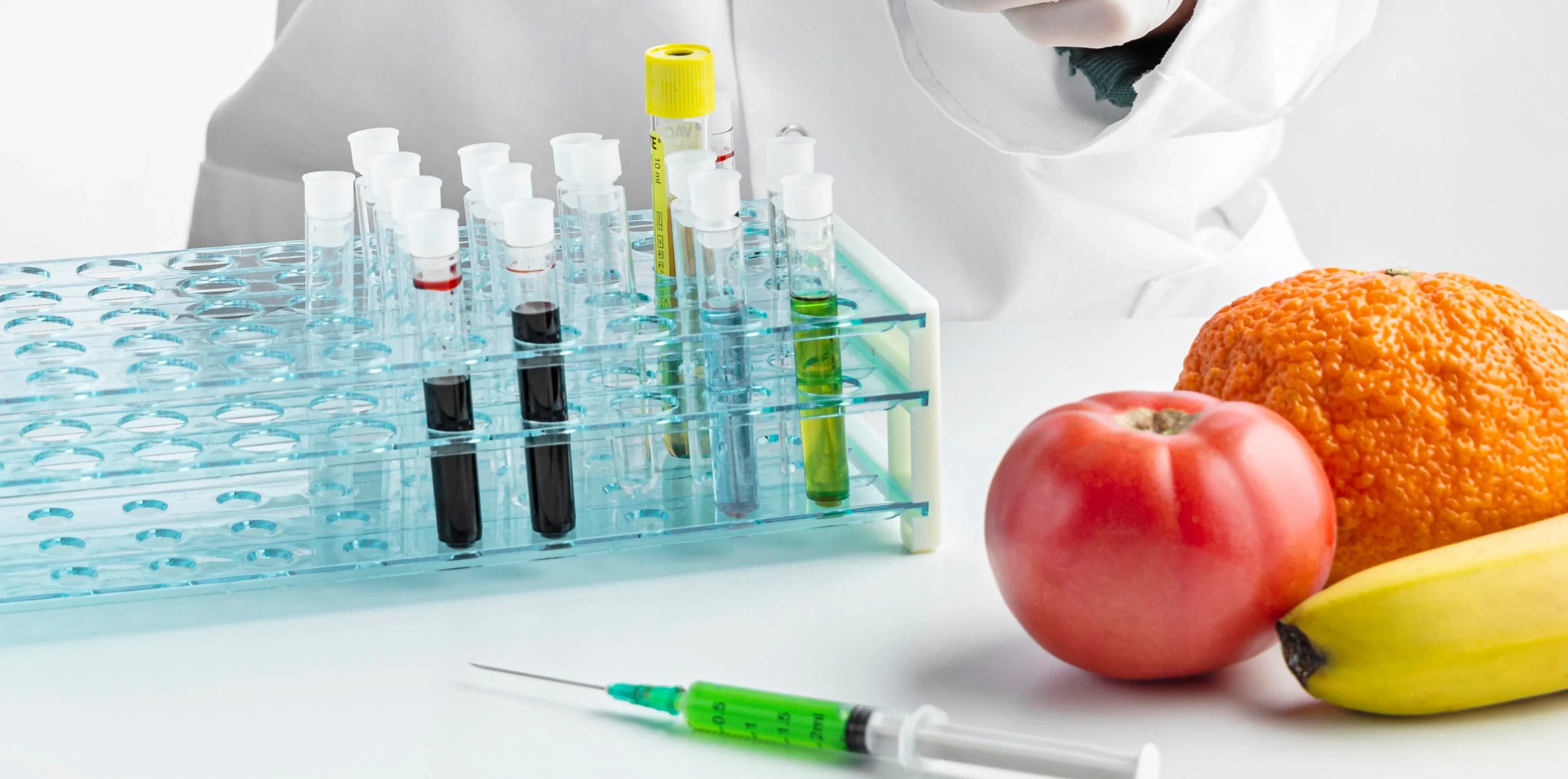Introduction
In today's fast-paced world, ultra-processed foods have
become a dominant force in our daily lives. These convenient and seemingly
irresistible products fill the shelves of supermarkets, luring us with their
vibrant packaging and tantalizing promises of flavor. Yet, hidden behind their
alluring facade lies a dangerous truth: ultra-processed foods are designed to
manipulate our senses, tricking us into eating more than we realize and
becoming addicted to their unhealthy properties. In this article, we will delve
into the cunning tactics employed by these products and reveal strategies for
liberating ourselves from their addictive hold.
The Art of Food Manipulation
Ultra-processed foods are meticulously crafted in
laboratories to exploit our biological instincts and preferences. They are
typically loaded with excessive amounts of sugar, salt, unhealthy fats, and
artificial additives to trigger our taste buds and create an addictive response
in our brains. The combination of sweet, salty, and fatty flavors sends signals
of pleasure and satisfaction, making us crave more of these foods.
Moreover, the texture of these products is engineered to
appeal to our senses. The crunch, creaminess, or smoothness they offer triggers
pleasure centers in our brains, leading us to overeat without realizing it. As
a result, we often find ourselves mindlessly consuming large quantities of
these processed delights.
The Brain's Role in the Battle
Our brains play a crucial role in the vicious cycle of
addiction to ultra-processed foods. When we indulge in these foods, our brains
release dopamine, a neurotransmitter associated with pleasure and reward. Over
time, our brains start to associate the consumption of these foods with
happiness, leading to a conditioned response. This conditioning makes it
increasingly difficult to resist cravings and break free from the hold of
ultra-processed food.
Escaping the Clutches of Ultra-Processed Foods
- Educate
Yourself: Awareness is the first step towards liberation. Learn to
recognize ultra-processed foods and their harmful effects. Check product
labels and ingredient lists to make informed choices about what you put
into your body.
- Embrace
Whole Foods: Gradually transition to a whole-food-based diet. Incorporate
more fruits, vegetables, whole grains, nuts, and seeds into your meals.
Whole foods provide essential nutrients and fiber, keeping you satiated
and reducing cravings for processed junk.
- Cook
Your Meals: Preparing your meals allows you to have full control over what
goes into them. Experiment with new recipes and flavors to discover
healthier and delicious alternatives to ultra-processed foods.
- Break
the Habit Slowly: Breaking an addiction takes time and patience. Gradually
reduce your consumption of ultra-processed foods rather than quitting cold
turkey. This approach will ease withdrawal symptoms and make the
transition smoother.
- Mindful
Eating: Practice mindful eating by paying attention to hunger cues and
satiety levels. Slow down during meals, savor each bite, and stop eating
when you feel satisfied.
- Stay
Hydrated: Often, our bodies confuse thirst with hunger. Drink plenty of
water throughout the day to stay hydrated and minimize unnecessary
snacking.
- Get
Moving: Regular physical activity not only helps improve your overall
health but can also reduce cravings for unhealthy foods.
Conclusion
Ultra-processed foods may be cunning in their approach, but
armed with knowledge and determination, we can break free from their addictive
properties. By choosing whole foods and adopting mindful eating habits, we can
reclaim control over our health and well-being. Remember, the journey towards
liberating yourself from ultra-processed foods may be challenging, but it is
undoubtedly a rewarding and life-changing one.




